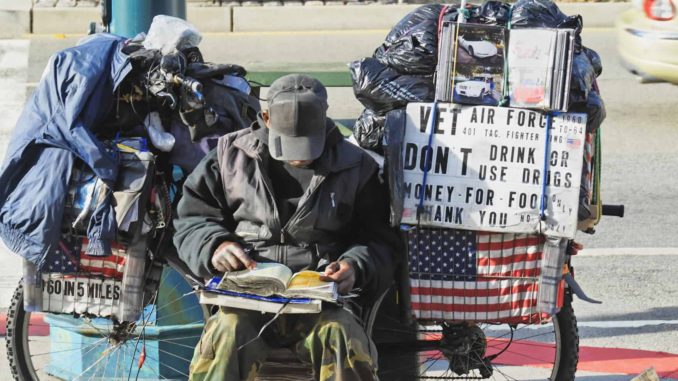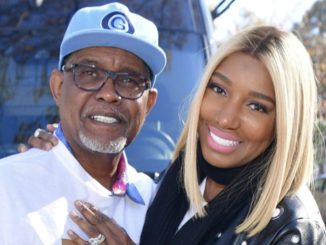
They fought for our country, yet the appreciation of veterans seem to be limited to a few free rides on public transportation and discounted deals on the annual holiday known as Veteran’s Day. However, when this day expires, on any given night, there will be at least 40,056 homeless veterans looking for a place to sleep, according to the U.S. Department of Housing and Urban Development (HUD). That number is a significant decline from the nearly 100,000 homeless veterans that were documented 10 years ago, likely due to more veterans going into homeless shelters and tiny houses.
Coupled with the lack of mental health treatment that veterans receive, along with a weak transitional program to smoothly guide veterans into civilian life, one would wonder why on Earth would someone volunteer their life to fight for a country that shows so much aloofness when it comes to their unsung heroes. Given that there are incentives to join the military, such as promises of a career, paid education, healthcare coverage, and veteran loans for housing, come to find out everything is not as easy as it sounds.
Just like anything in the world, if veterans just so happen to not know the right people with the right information, most likely they will have to figure it out on their own. So, what can help veterans excel in upward mobility post service?
“At discharge from active duty, 79-84 percent of homeless veterans were under age 35, in contrast to 64-74 percent of domiciled veterans. Most (70-78 percent) of the homeless veterans were enlisted and in the lower pay grades of E1-E4, compared with 39-51 percent of the domiciled veterans. Nearly half or more (from 48 percent for men to 67 percent of women) of homeless veterans were diagnosed with some mental disorders, about double their domiciled counterparts.”
For starters, upon entry into a military branch, a mandatory savings plan should be established for all personnel in which at least 10 percent of their pay goes into an untouchable account. This will enable them to have savings upon discharge.
Just as the military uses tactics to break soldiers down to build them up in preparation for strenuous circumstances, the same effort must be given to rebuild and redirect soldiers to be productive members of society. Instead of throwing military personnel into a whirlwind of issues that they have to figure out on their own, a mandatory program that arranges housing, mental and physical rehabilitation, and resources for next steps should be accessible to all despite rank or reason for exiting.
“I didn’t feel welcomed at all. In the early 1970s, anti-war sentiment was spreading across the country. Protestors were burning draft cards. I was thinking to myself, I didn’t send myself into that situation. My country did, and I did what I had to do for my country because it asked me.”
Retired Command Sgt. Major Eddie Harrison
Education and employment are essential to transitioning veterans. The college application process and job search assistance should be handheld programs in which veterans are informed of all of the benefits available to them. There should be no guesswork involved here. Within colleges, special courses for veterans specifically should be available, considering that they are not coming straight from high school and have a disproportionate rate of veterans dropping out.
Food insecurity should be the least of veterans’ concerns. In fact, upon discharge and during the transitional phase, all veterans should be supplemented with an optional food benefit allotment for a limited time. Although food benefits in the form of government assistance or welfare does exist for the general public, the food benefit allotment for veterans should be separate from this program and work to target the direct needs of its recipients.
Since the lack of knowledge is one of the leading reasons why some veterans don’t take advantage of their benefits, a more aggressive marketing strategy to get the word out will do well in spreading the information.
“Another recommendation is for TVC to pay attention to some of the marketing and outreach strategies the veterans suggested. They recommended using a combination of various marketing outlets and strategies, including not only social media but also sending mass emails, conducting veterans’ town hall meetings, using faith-based organizations, installing billboards in largely populated areas, sending mailers in utility bills…”
Nandita Chaudhuri, Research Scientist
There’s so much that has been done and still needs to be done in order to help veterans. But, instead of a free sandwich or news segment about one up-in-age veteran who had the proper support system and know-how, how about the U.S. show its appreciation for the thousands of veterans that end up under bridges or in tents by providing programs that give them the step-by-step blueprint of how to structure their lives for success.



